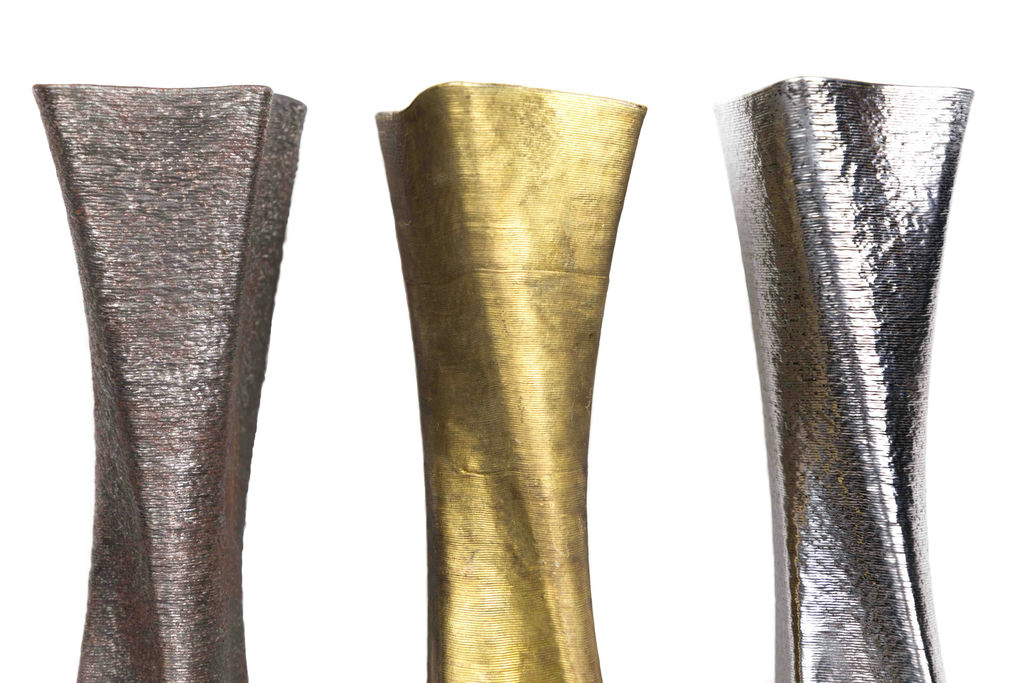In the recent decades we dived through a huge transition that wasn’t only technological but it also involved methodologies in doing things. If we think about the general industry, years ago, production and manufacturing activities were less sophisticated. It’s clear that the target of the last technology development was to optimize every aspect of the supply chain, from design and production. When we speak about large scale 3D printing, we talk about a completely new approach to fabrication and construction. There are different motivations for why I am saying that, and I will try to summaries it in a few points:
- Large Scale 3D Printing is something that comes from industrial concepts. This technology has an industrial soul and it involves skilled laborers at every project stage.
- Large Scale 3D Printing requires new technologies all together – automation, robotics, Internet of Things, etc;
- Large Scale 3D Printing brings with it a totally new way to design. To design a building, a temporary installation or an interior fit out that has to be produced by 3D printing is a different job from designing something that will be fabricated and assembled with more traditional technologies and operations.
And it is precisely this last point that is more important to me as a Designer and Founder of KEEEN. At KEEEN we developed innovative strategies for Large Scale 3D Printing that allow us to move from the Design Phase to the Fabrication Phase instantaneously. No drawings are needed, everything is automated, design is free from limitations.
In this very effective process, digital fabrication has a key role. Digital fabrication, intended as a design and manufacturing workflow where digital data directly drives manufacturing equipment to form various part geometries, is the connection between digital and physical and, in the Large Scale 3D Printing industry, that means only one word: efficiency.
To bridge the gap between design and manufacturing is not easy. As barriers to professional-level tech lowers, it’s easier for anyone with the skills to design a product to also fabricate it, empowering engineers, product designers, and businesses of all sizes to produce anything from prototypes to final products.
This is the context where at KEEEN we are experimenting with the integration of Artificial Intelligence. AI is conceived as a useful tool to speed up the concept generation process, allowing a smooth transition to the design phase.
KEEEN products are conceived exactly from here: furniture, interior design out fittings and bespoke construction components can be fabricated in various plastics or metal alloys, providing new perspectives of value in the most diverse fields: retail, visual merchandising, hotellerie, interior design and of course the AEC – Architecture, Engineering, Construction – industry.

Visual Designers and Architecture Firms are now able to realise unconventional shapes relying on a single supplier while Brand Retailers and Brand Stakeholders can forget over-budget projects and rescheduling activities, keeping the project under control while creating unprecedented experiences for their final customers, enhancing the Brand uniqueness in its visual design.
But that’s not all. KEEEN fabricate using a digital on-demand service and a distributed worldwide network of fabrication facilities, cutting lead time and environmental emissions. This is the vision that we bring with us daily and that we want to share with everyone in and outside of this industry.
By freeing design ideas from the constraints of mass production, digital fabrication has the potential to rehabilitate the strained relationship between humans and machines, re-emphasising basic design principles by freeing decision-making from the otherwise in-built constraints of manual fabrication.
Subscribe to AM Chronicle Newsletter to stay connected: https://bit.ly/3fBZ1mP
Follow us on LinkedIn: https://bit.ly/3IjhrFq
Visit for more interesting content on additive manufacturing: https://amchronicle.com


